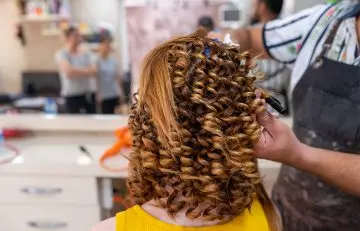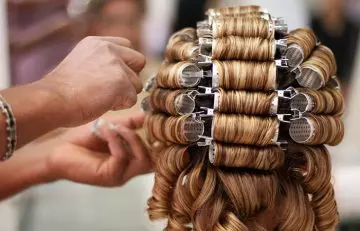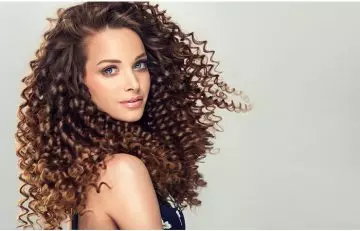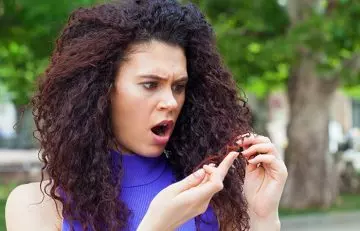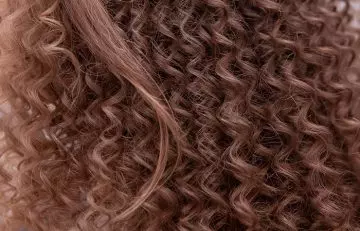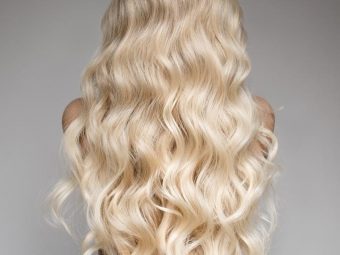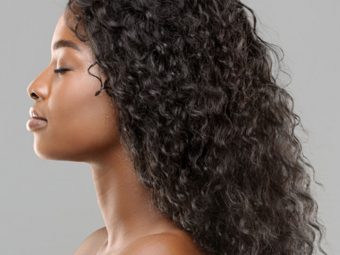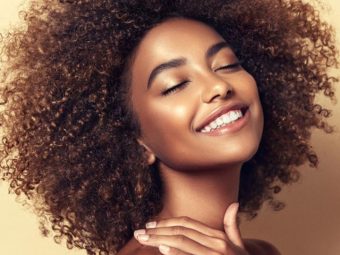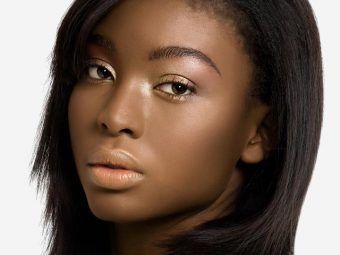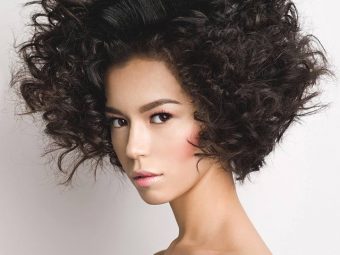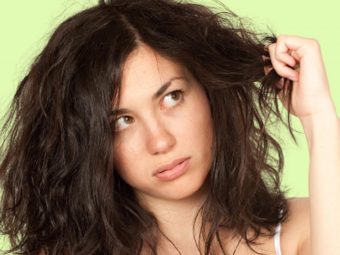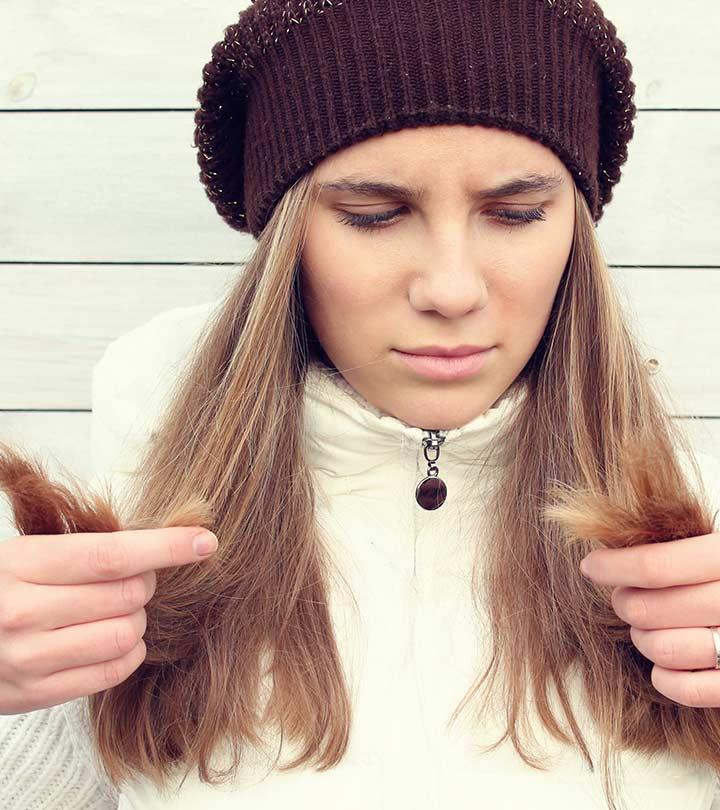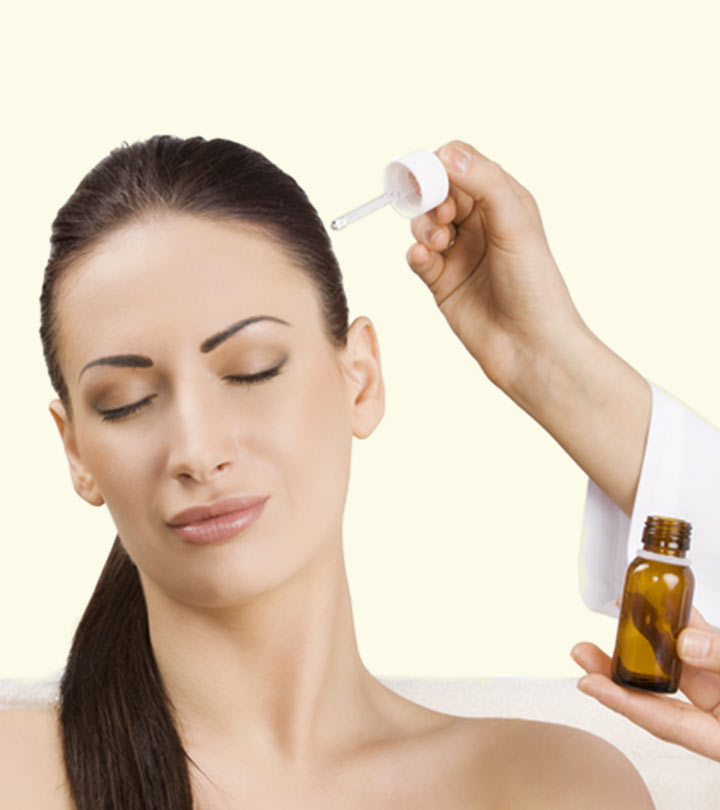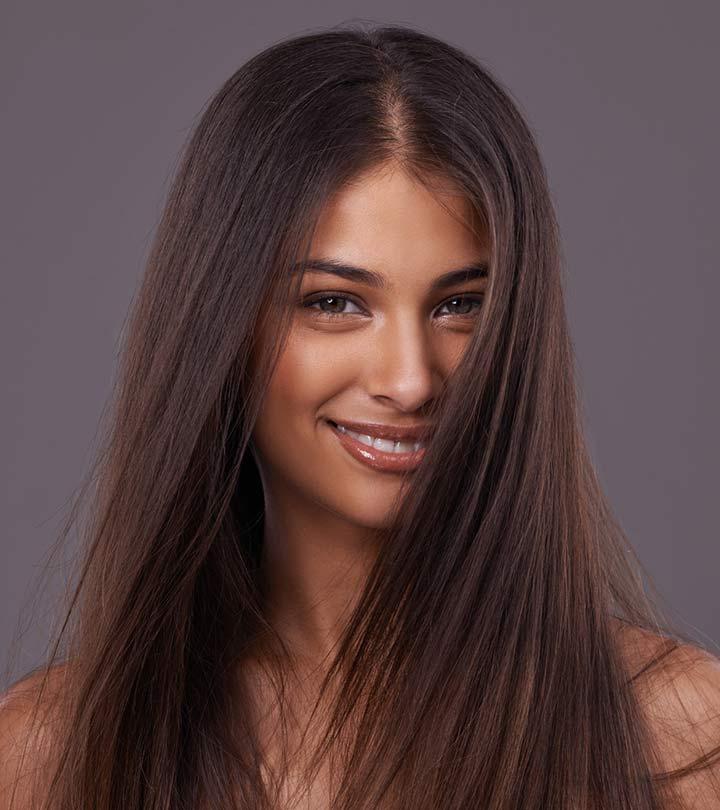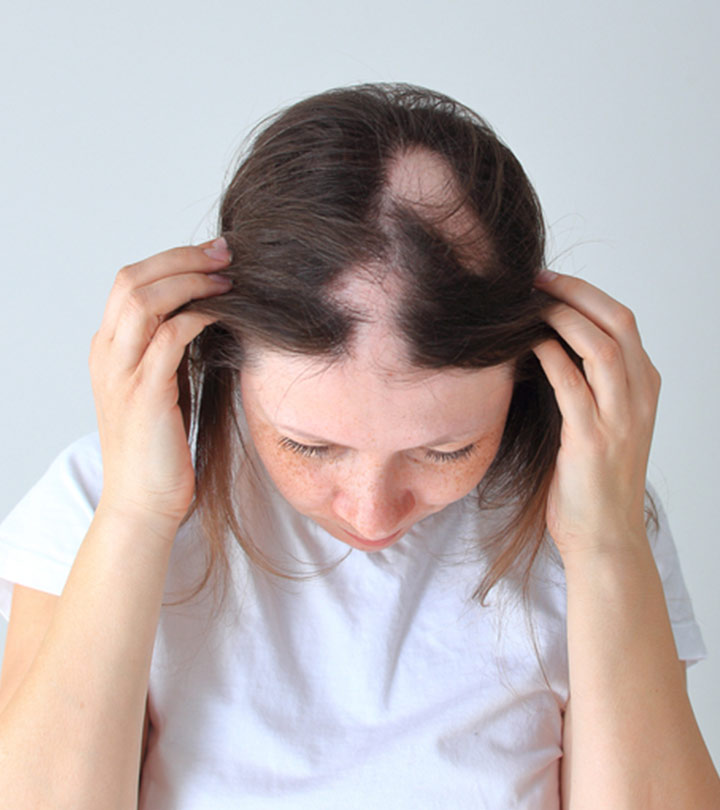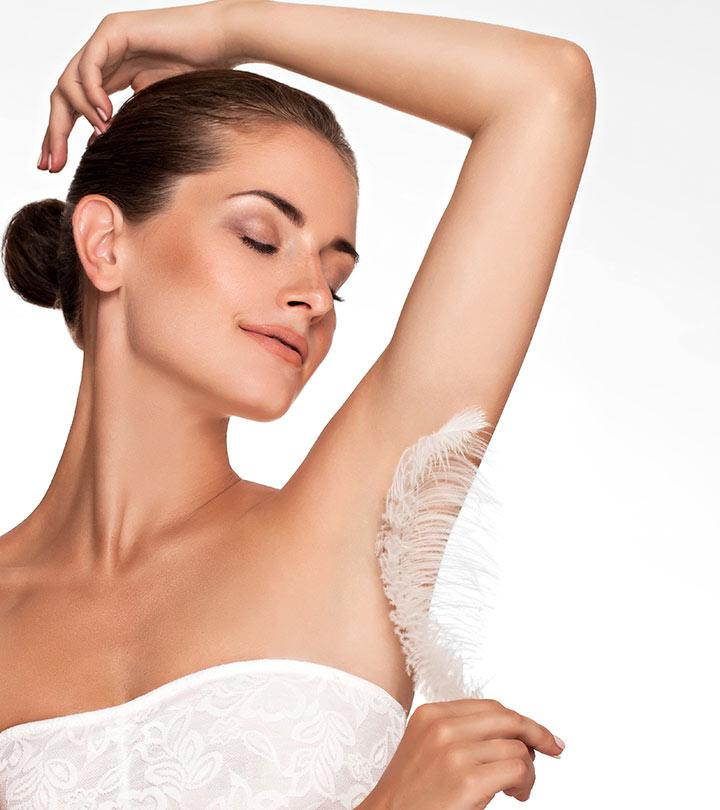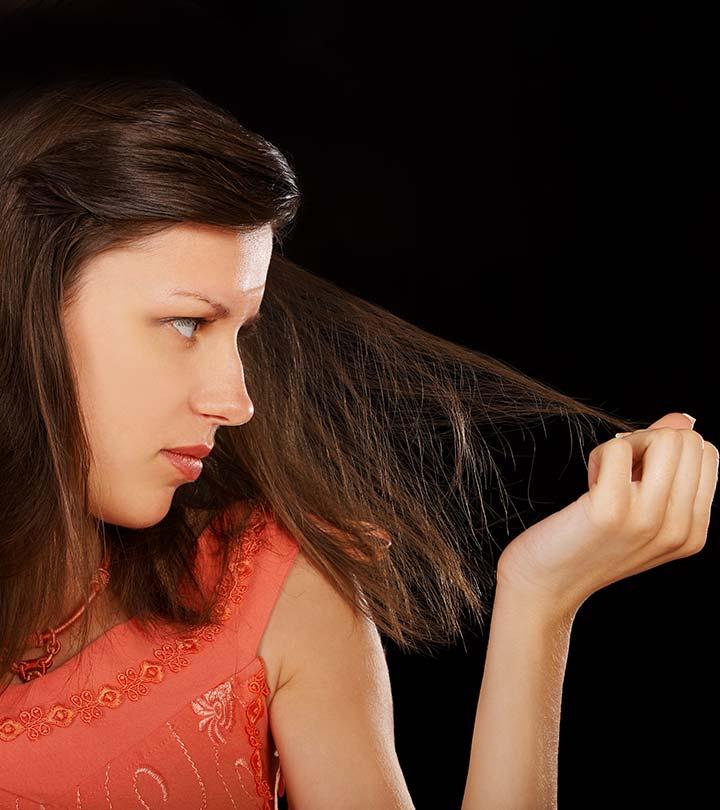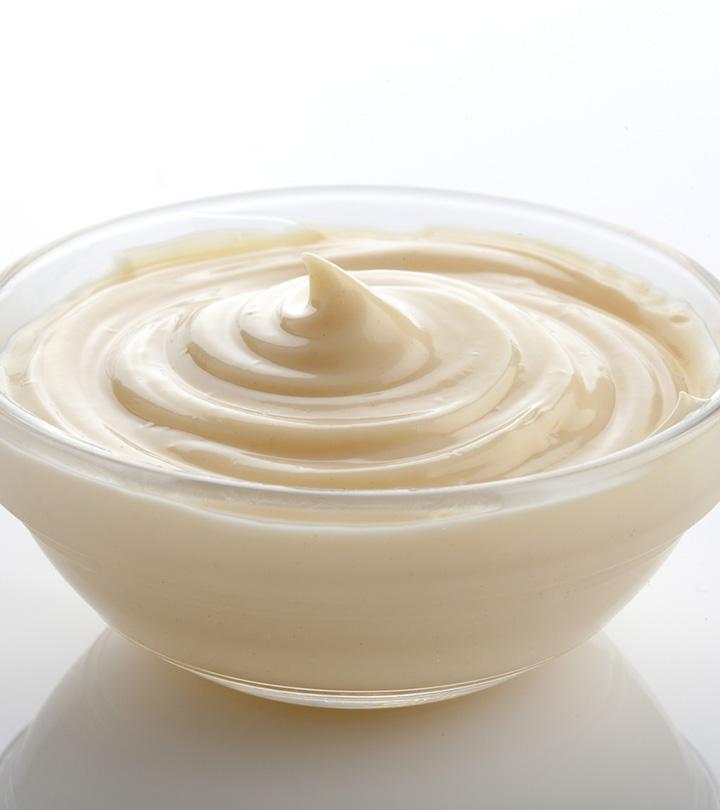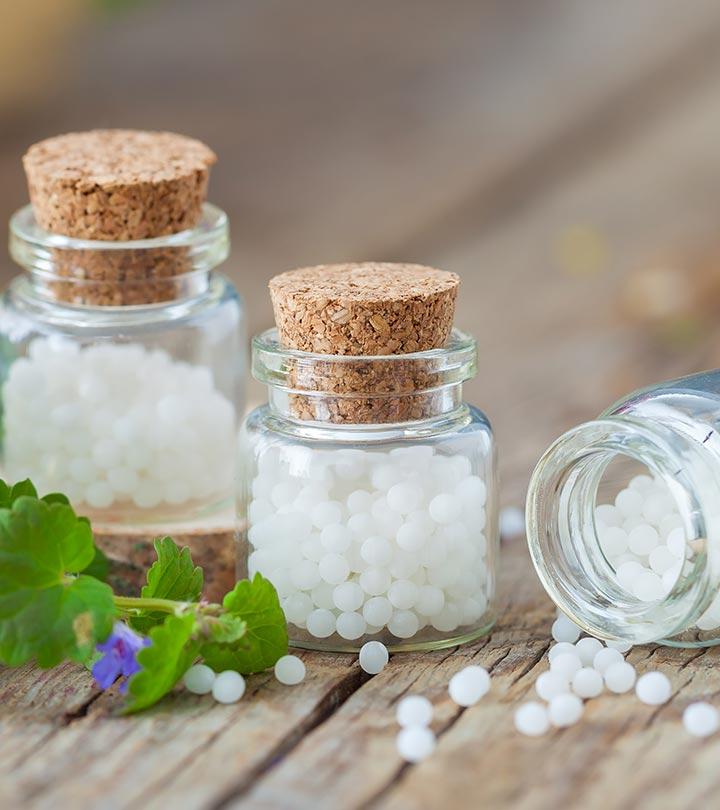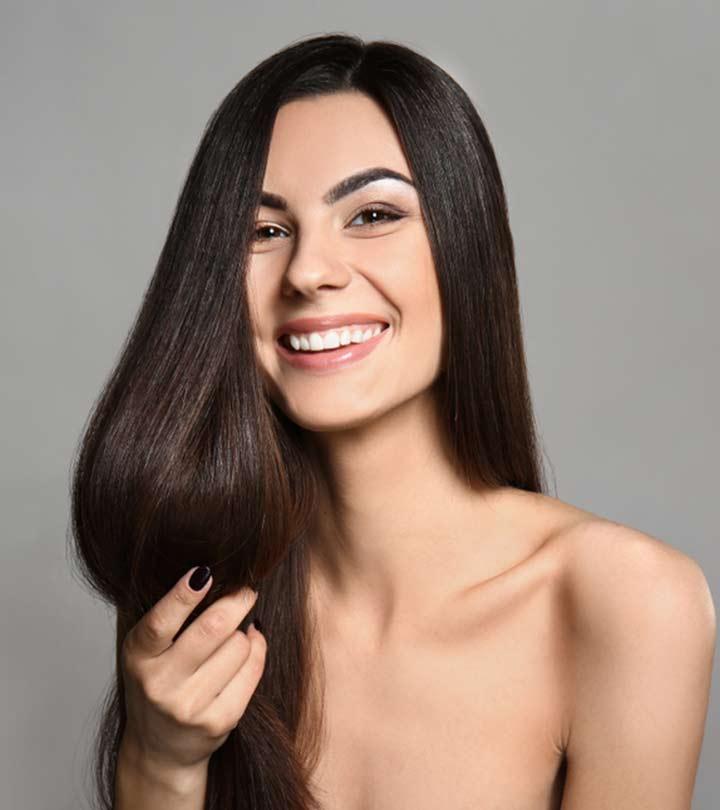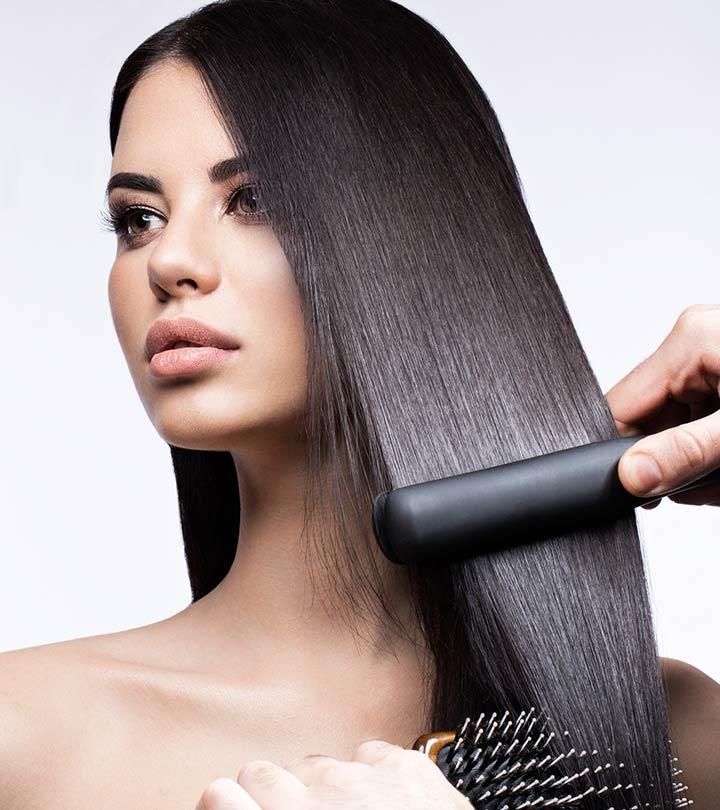8 Simple And Effective Tips To Take Care Of Your Permed Hair
Believe it or not - it is so simple to keep those enviable, bouncy ringlets for a long time.
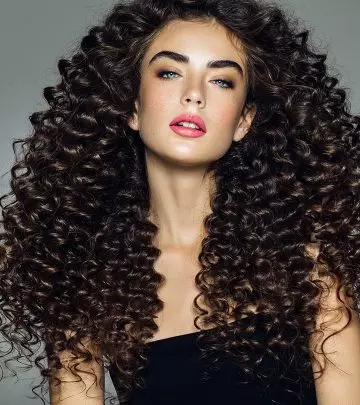
Image: iStock
Hair perming has been a popular hairstyling method since 1872. Tongs were utilized to alter the hair structure before. Over time, perming methods have improved, and so have the tips to take care of your permed hair. This is because perming your hair involves the use of strong chemicals that can cause hair damage. We will go over the complete perming procedure in this post to help you understand how it works, its drawbacks, and more. Keep reading to learn more!
 Fun Fact
Fun FactIn This Article
What Is Permed Hair?
Perming chemically alters your hair structure to form different types of curls or waves. The technique to straighten hair is called hair relaxation. It breaks down the disulfide bonds in your hair and gives it a new structure. There are many techniques to perm your hair:
- Spiral Perm: This is characterized by tight, well-defined curls with volume. The curl coil is determined by the size of the rod use. The rod is placed vertically into the hair to achieve a corkscrew curl.
- Pin-Curl Perm: This involves a chemical solution applied to the lengths of your hair. Then, pin curls are styled and set in place.
- Root Perm: If you have thin and fine hair, the root perm will give you volume and thickness.
- Stack Perm: Curls and layers are added to medium or long hair to build volume.
- Spot Perm: Perm rods are placed at a particular area to give you curls in that region. It is hairstyle specific.
- Body Wave Perm: This process uses long curling rods to give your hair tousled, beachy waves.
- Multi-Textured Perm: This process mixes different types of curls to give you a unique hairstyle.
How Perming Works
The disulfide bondsi XUnique and strong chemical bonds that help keep the protein structures of the hair shaft together. in the hair are broken using reducing agents like thioglycolates and bisulfites (1). These reducing agents permeate through the cuticle and outer layers of the cortexi XA thick layer located between the hair shaft and the medulla and makes up a large part of your hair pigment. to break the disulfide bonds. Alkaline agents are used to lift the cuticle scales so that the reducing agents can enter the cortex (1). The hair fibers are set in curlers or rods to give the hair the desired curl or wave pattern. Once the pattern sets in, the perming process in the hair fibers is neutralized using an oxidizing agent like hydrogen peroxide.
The traditional style of perming was wrapping hair in rods. After that, the perming solution would be applied so the hair would set in curls or waves. Once the hair is set, the solution is rinsed off, and a neutralizer is used to stop the perming process. Over time, new formulas and techniques using different objects to give you a particular type of curl or wave. Let’s look at the different perming techniques.
Different Perming Techniques
1. Digital (Hot) Perm
With digital or hot perms, the hair is first processed with a relaxing treatment, which helps break the bonds in your hair. Then, your hair is shaped with heated curling rods. The thickness of the rods depends on how loose or tight you want your curls to be. Your hair is finally put in hot rollers that are attached to a device that helps regulate their temperature. This process can take up to four hours or more, depending on the length and thickness of your hair.
With the digital perming method, you can get curls of varying lengths, which helps give you a very natural look. Your hair is usually straight while it is wet and curls up as it dries. This method was specifically designed for East Asian hair and only works for people with thick hair. The process is expensive. However, it is less damaging to the hair than other methods.
2. Cold Perm
Cold perms are the traditional way to perm your hair. In this process, your hair is first soaked with an alkaline solution. It is then tightly wound into small curls using rollers. The tight curls help shape your hair into tight ringlets, which are not possible to achieve with the digital perming method.
These tight ringlets do not look natural at first, but over time, they will relax and look more natural. The process can take from 2 to 2.5 hours. The curls you achieve with this method remain curly even when wet or when you use a product. The process is more affordable than the digital method and works on almost all hair types.
With the right care, a perm can last up to six months. Here are a few tips to help.
How To Care For Permed Hair
- Do not wash your hair for 48 hours after you perm your hair.
- Do not touch your hair for 48 hours. Allow your hair to set with any disturbances.
- Keep your hair loose. Don’t style it with ponytails or tight hairdos. Use a silk pillowcase to keep your hair managed while you sleep.
- Protect your hair from the sun. You can use a light scarf or hat or a zinc-based leave-in conditioner to protect your hair from UV rays.
- It is better to use products that are made for chemically treated hair. Check with your hairstylist about the shampoo and conditioner once you have permed your hair.
- Condition your hair. Perming uses chemicals that can strip your hair of its nutrients and natural moisture. Conditioning your hair at least twice a week will help rebuild your hair. Conditioners use concentrated amounts of chemicals that help build your hair. If you don’t want to use chemicals, opt for an organic leave-in conditioner that uses natural ingredients.
- Get regular trims and touch-ups. Although perms are called permanent hairstyles, they only last for months. You will need regular touch-ups at least once every 12 weeks to maintain your perm.
- Keep away from coloring treatments for a few weeks after you get your perms. Coloring treatments use chemicals that can affect your perm and hair condition.
- Is your hair dry or oily, brittle or volumeless? Have a hair care regimen with products that are specific to your hair type.
- It is better to avoid brushing your hair for a week or so to keep the hair set without disturbance. After that, use wide-toothed combs to brush your hair gently.
- Use other styling tools like irons, curlers, and blow dryers sparingly. Also, use a heat protection spray before using them.
You also have to be careful while sleeping with permed hair. Cosmetologist Ghanima Abdullah suggests, “Having your hair tied up is one of the best ways to sleep on permed hair. It’s called a pineapple when you wear a silk scarf around the edges and have your curls up at the top. This helps to keep your curls from resting on the pillow and going flat. You’ll wake up to beautiful, bouncy curls.”
The next question that might occur to you is, how do perms damage your hair? Scroll down to the next section to find out.
Do Perms Damage Hair?
- Perms can leave your hair damaged, lifeless, and overprocessed. The cell membrane complex and endocuticlei XThe inner and elastic layer of a cuticle that may age and be subject to further damage due to chemical hair treatments. are the most vulnerable to chemical treatments (2). This happens if the perm is not done right. Hence, it is recommended to get perms professionally done.
- Perming induces hair reduction, which causes hair to swell and leads to damage. Not rinsing the perming solution may cause dandruff (3). Chemicals like hydrogen peroxide are known to cause hair damage.
- Perming solutions for colored hair may be stronger than virgin hair. Be careful while choosing perming solutions when trying it at home. Most stylists will only let you get a perm done if your hair coloring requires one coloring process instead of multiple ones.
- If you have dry or brittle hair, it is better not to get a perm done. Perms use chemicals that can make your dry hair more prone to damage. They might also strip your hair of its natural moisture. It breaks your hair structure, which would damage dry hair.
- Perming short hair may be a little tricky. Picking the right wave or curl can make short hair look brilliant or too short.
- Perming solutions for oily hair can strip your hair of its natural oils.
 Quick Tip
Quick TipHow Long Does A Perm Last?
Getting a perm done can take at least three hours. For short hair, perms last for at least three months. For long hair, they may last longer, going up to five to six months.
Just like every other hair chemical treatment, there are pros and cons to perming. Remember, if you do decide to perm your hair, maintenance can go a long way in keeping your hair healthy. Follow the tips mentioned above to take care of permed hair.

Image: Stable Diffusion/StyleCraze Design Team
Frequently Asked Questions
How often should you wash permed hair?
Washing permed hair too frequently can make the permed effect fade pretty quickly. Thus, it is recommended to wash it no more than once a week.
Can you use hair oil on permed hair?
Yes. You can use hair oil on permed hair. Opt for lightweight hair oils like argan oil or jojoba oil to moisturize your hair. But use them sparingly to avoid weighing down the curls and making the hair look greasy.
Can I air-dry permed hair?
Yes, you can let your permed hair air-dry naturally after washing. However, to reduce frizz and preserve the structure of your curls, scrunch your hair gently and blot away any excess moisture with a microfiber towel.
Can I wash my perm with juast water?
Yes, you can wash your permed hair with just water. But remember that washing your hair and scalp with water alone may not effectively remove product buildup, oil, and debris. If you decide to use just water, massage your hair gently to loosen any buildup, then use a conditioner to help detangle and hydrate it.
Key Takeaways
- Proper care is essential to maintain the look of permed hair. Avoid washing your hair for at least 48 hours after getting a perm.
- Different perming techniques offer varied results, requiring specific processing times and suitable for different hair types.
- Improper perming may damage, leading to dryness and breakage. It is recommended to get the treatment done from a reputed and trusted salon and stylist.
- Consider the pros and cons of perming beforehand to ensure it aligns with your hair type, condition, and desired style.
References
Articles on StyleCraze are backed by verified information from peer-reviewed and academic research papers, reputed organizations, research institutions, and medical associations to ensure accuracy and relevance. Read our editorial policy to learn more.
- Zhang, Yuchen, et al. “Effect of shampoo, conditioner and permanent waving on the molecular structure of human hair.” PeerJ 3 (2015): e1296.
https://www.researchgate.net/publication/282444217_Effect_of_shampoo_conditioner_and_permanent_waving_on_the_molecular_structure_of_human_hair - Gavazzoni Dias, Maria Fernanda Reis. “Hair cosmetics: an overview.” International journal of trichology vol. 7,1 (2015): 2-15.
https://www.ncbi.nlm.nih.gov/pmc/articles/PMC4387693/ - Omi, Tokuya, and Seiji Kawana. “Adverse Effects of Permanent Waving and Hair Relaxation—Assessment by Scanning Electron Microscopy (SEM).” Journal of Cosmetics, Dermatological Sciences and Applications 3.3 (2013): 45-https://www.researchgate.net/publication/272670138_Adverse_Effects_of_Permanent_Waving_and_Hair_Relaxation-Assessment_by_Scanning_Electron_Microscopy_SEM





